A romantic ride in an authentic Venetian gondola was a dreamy treat for many visitors to the 1893 World’s Fair. Guiding these craft through the Grand Basin and Lagoon were fifty-seven Venetian gondoliers brought from Italy by the World’s Fair Venetian Gondola Company of Chicago.
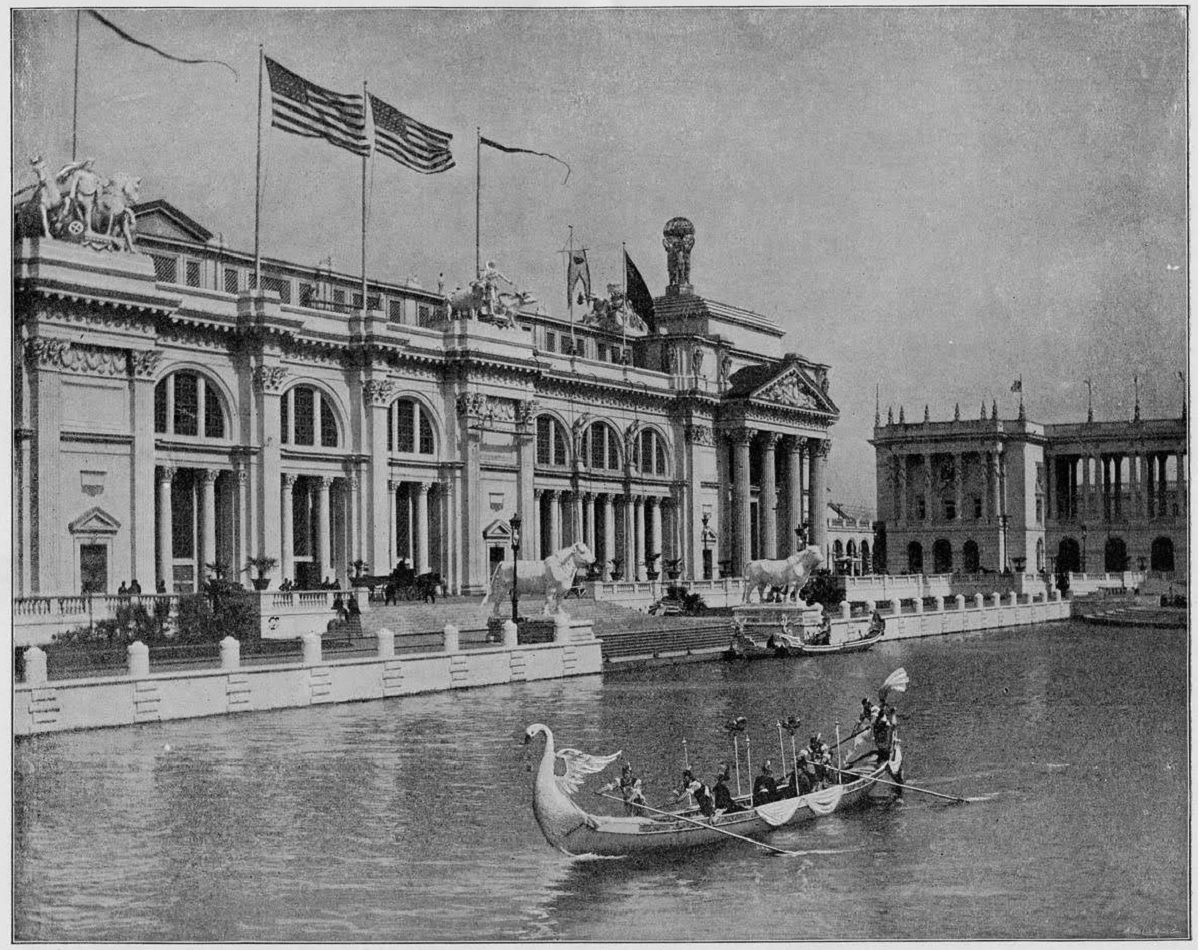
A Venetian swan gondola gliding across the South Canal, along the western side of the Agricultural Building at the 1893 World’s Fair. [Image from The Dream City. A Portfolio of Photographic Views of the World’s Columbian Exposition. N. D. Thompson, 1893.]
Across the South Pond from their gondola boathouse behind the Agricultural Building stood an Indian Village. Unlike the international villages on the Midway Plaisance that were sponsored by private concessionaires, this ethnographical exhibit was sponsored by the Anthropology Department. Among the people invited by department chief Frederick Ward Putnam to live on the Chicago fairgrounds were four families of Penobscot (Panawahpskek) from a reservation near Old Town, Maine. In the same area as their birch-bark wigwam structures lived other Native American and First Nations people.
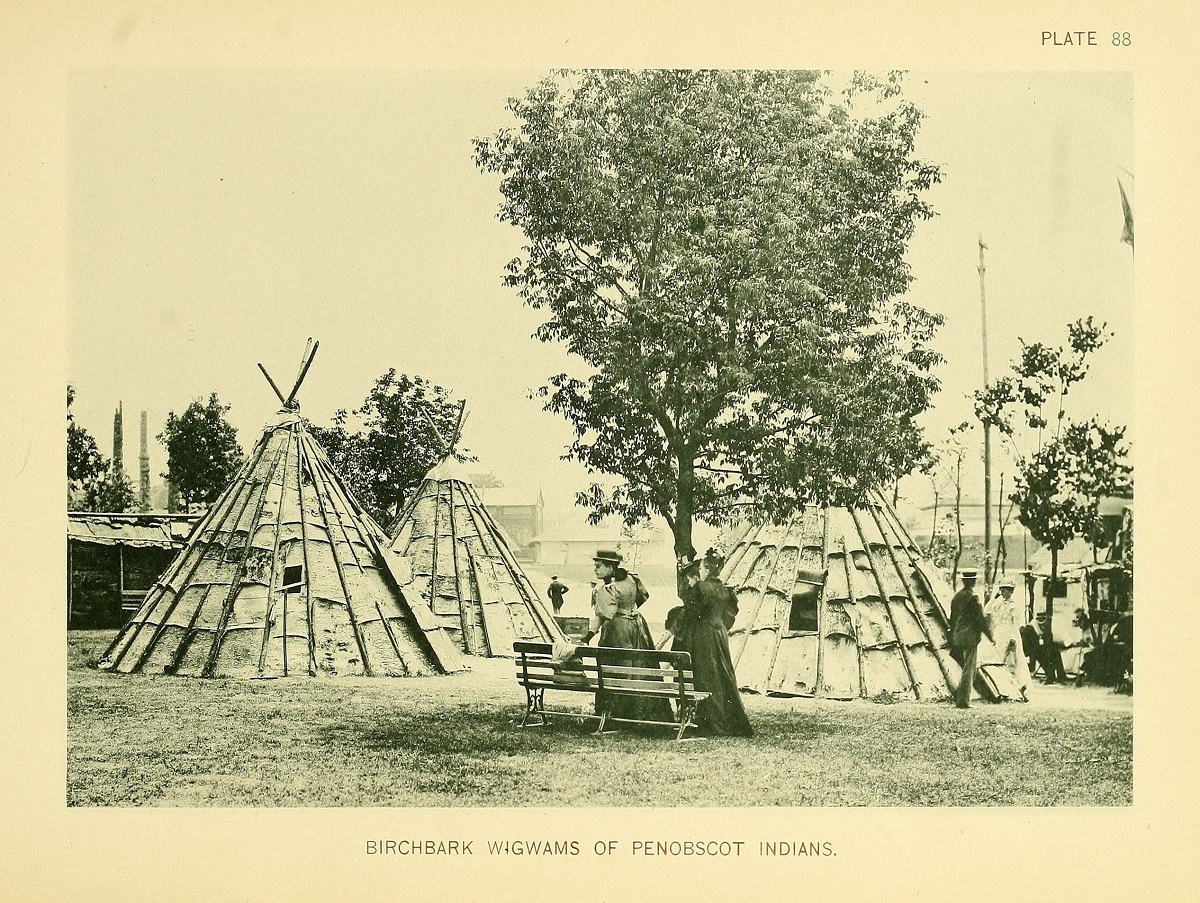
The Ethnographical Exhibit at the Columbian Exposition featured a group of of Penobscot wigwams. [Image from Arnold, C. D.; Higinbotham, H. D. Official Views of the World’s Columbian Exposition. Press Chicago Photo-gravure Co., 1893.]
The cross-cultural love story reprinted below appeared in the October 29, 1893, issue of the Chicago Daily Tribune. The Columbian Exposition would close the following day, and the couple’s solution to their dilemma of choosing a home after the close of the Fair remains a mystery.
GONDOLIER WOOS AN INDIAN MAIDEN.
But the Lovers Cannot Agree on the Subject of Their Future Home.
One of the gondoliers of the lagoon has been more noticeably demure of late than his brethren. He has been non-communicative and his face has had a melancholy cast of thought which his countrymen have not been able to remove. Frequently he has been missed from his craft in the evening and his understudy has been called upon to dip in his stead. This information was conveyed to one of the bosses, who investigated. The sad-eyed Venetian, it was discovered, has become infatuated with one of the Indian maidens whose father’s wigwam overlooks the pond where the old whaler has been hard aground all summer. They have stolen off together in the evening, and sometimes the gondolier has sneaked away his boat from its mooring after the gates of the White City were closed and the lights were turned off, and taken his Indian sweetheart out for a ride on the waters, There is nothing unique in the courtship, perhaps, except the fact that follows: The gondolier wants to take the Indian girl back to the City of St. Mark and introduce her as his native American bride, and the Indian girl insists on the gondolier giving up his city on the sea and settling down to business on this side. The incident is affording the gondoliers along the quay some gossip and amusement, if one can think of those fellows being amused.
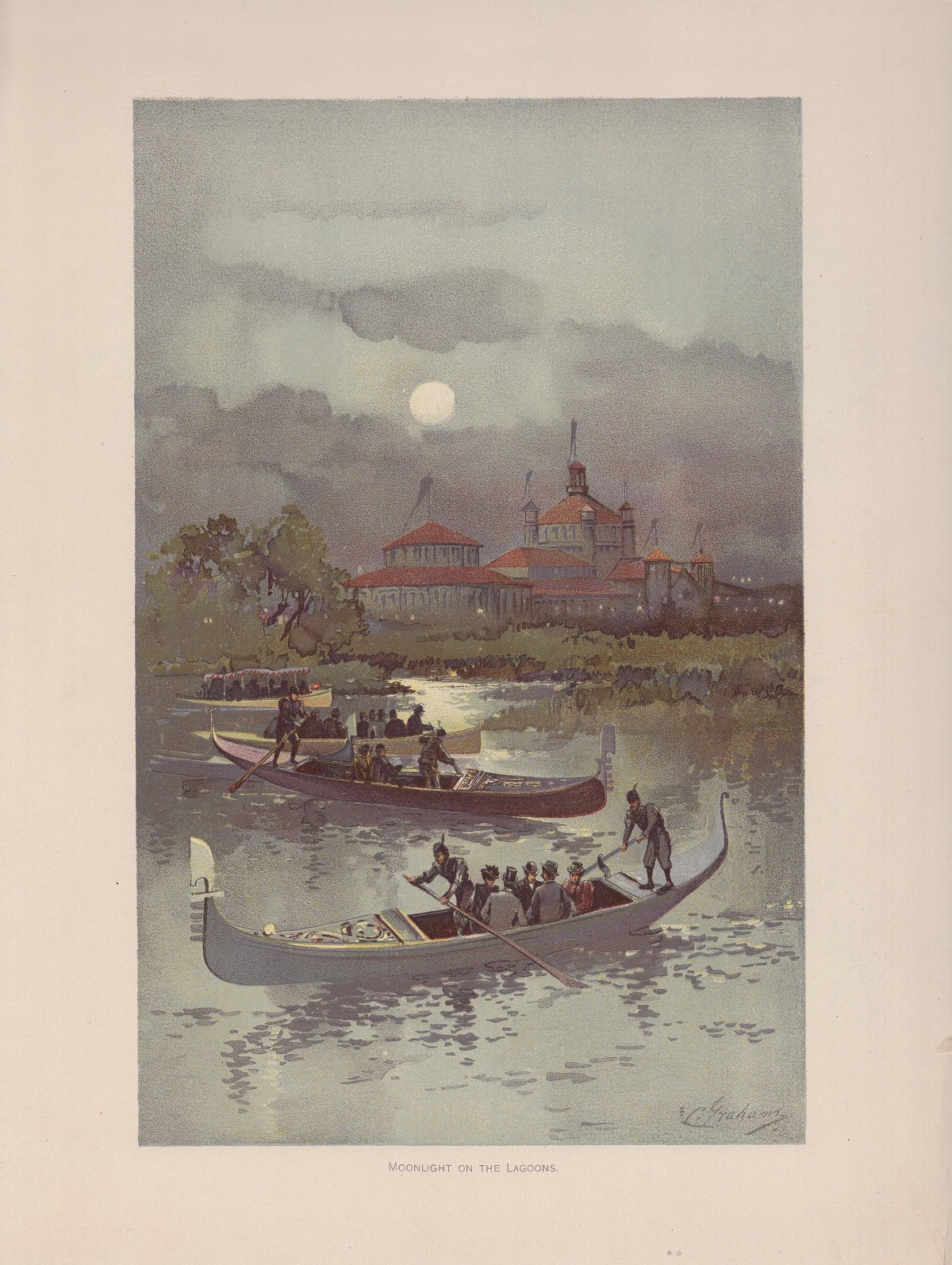
Charles S. Graham’s painting of a romantic ride in a gondola along the moonlit lagoon of the 1893 World’s Fair. [Image from Graham, Charles S. The World’s Fair in Water Colors. Mast, Crowell & Kirkpatrick, 1893.]

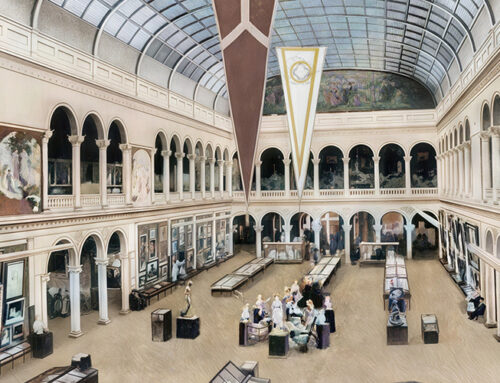
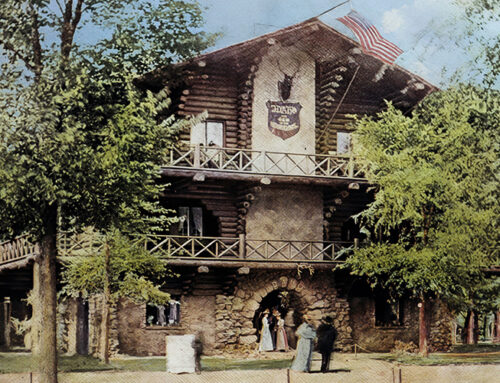
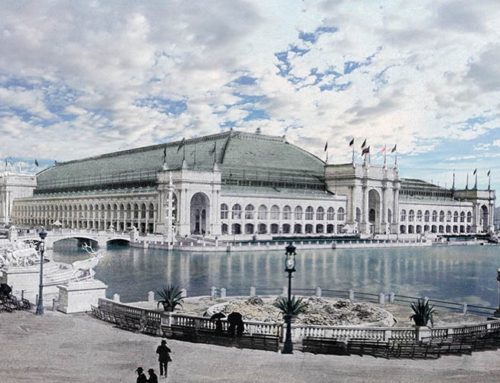
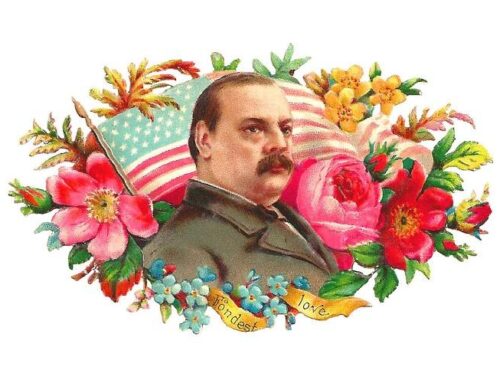
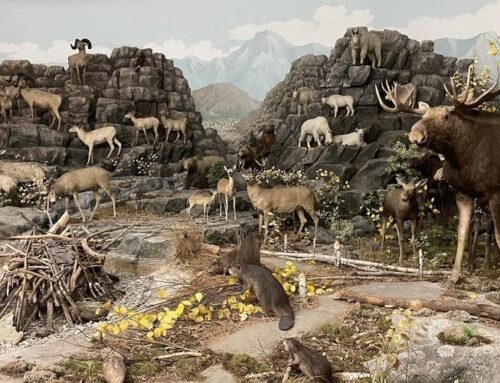
Leave A Comment